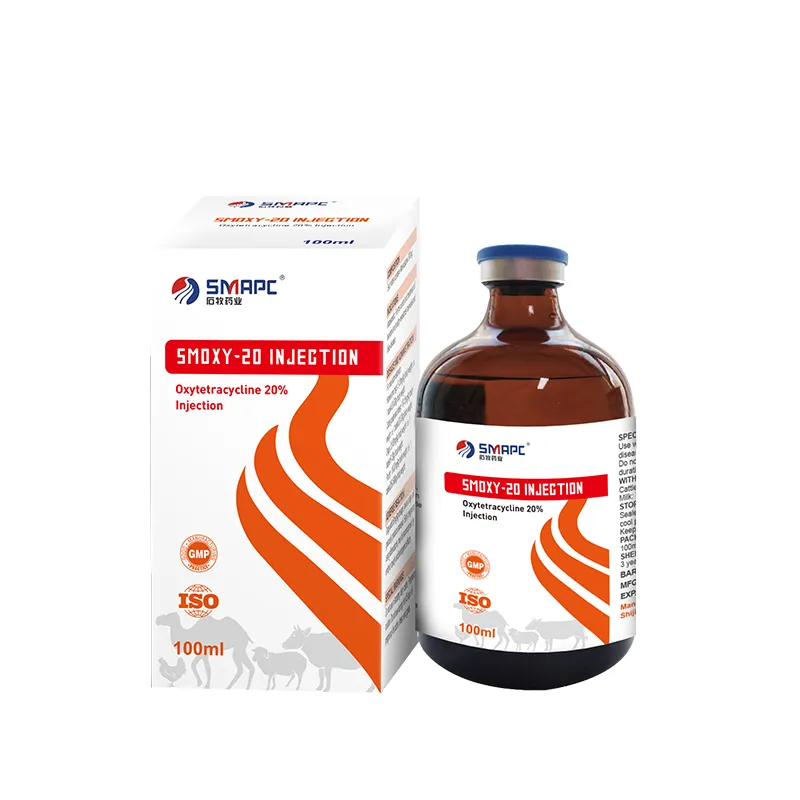Dewormers can come in different forms, including tablets, chewables, or liquid formulations. The method of administration can vary according to the preference of the dog owner and the pet’s temperament. It's vital to follow the dosage instructions provided by the veterinarian or the product label closely. Administering too little medication may not effectively eliminate the worms, while giving too much can lead to toxicity.




